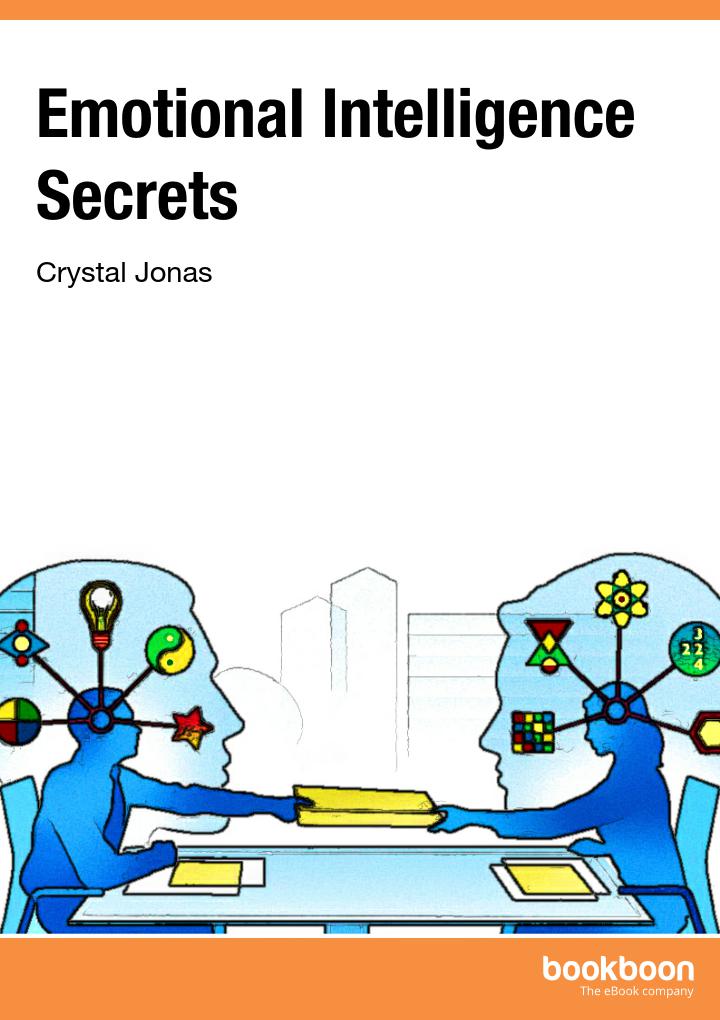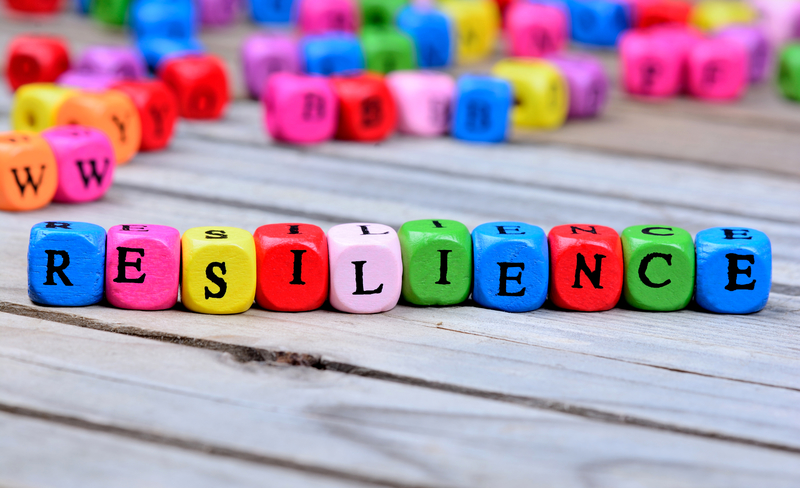Communication skills: the top 4 communication skills and how to improve them

Whether consciously or not, we communicate in a variety of ways every day. In both our personal and professional lives, communication is arguably the most important interpersonal skill to develop and improve. There are many aspects that make up strong communication Let’s look at the top four communication skills and how to improve them.
Presentation Skills
Presentation skills do not just refer to lining up a few PowerPoint slides. Strong presentation skills will help you to present yourself in an interview, present your point of view in a conversation with a manager and, of course, command a room when the opportunity presents itself.
There are three soft skills that will help to make your presentation, in any form, as successful and impactful as possible.
- Organisation: The first and most important element of communication, and therefore presentation, is organisation. Organising your thoughts, examples or opinions before a conversation or presentation will reflect well on you and strengthen your message.
- Creativity: Get creative with how you communicate. Engage your listener(s) with relevant and interesting examples or references that will make your message more memorable and increase the likeliness it will be absorbed and remembered.
- Confidence: Commanding a room, an interview, or even a one on one discussion requires confidence (even if you’re faking it!). A confident and commanding presence can be the difference between a remarkable and unremarkable their presentation, interview or meeting.
Use presentation skills to command any room with our eBook How to deliver a presentation.
Body language
It might come as a surprise that a large percentage of communication and how you are perceived comes from non-verbal communication or body language. In a personal or professional setting, your posture, gestures, facial expressions, and eye movements can, in fact, communicate more than your words do.
Here are three ways to confidently communicate through body language:
- Make eye contact – This can be a difficult thing for some of us but making eye contact with the person you are communicating with, both while you are talking and even more so while they are speaking, can build trust and make the other person feel comfortable and heard.
- Lean forward- Leaning towards the speaker conveys the message that you are interested and invested in what they are communicating.
- Smile- You have likely heard the expression ‘smiling is contagious’ and, when it comes to communication, smiling communicates that you are genuine, warm and approachable.
Active listening
Communication is a two-way street. That means that in order to communicate effectively, you must spend some time actively listening to the person with whom you are conversing with. Active listening is, as the name might suggest, is more than simply waiting for your next opportunity to speak, but rather using all of your senses to actively concentrate on the message the speaker is conveying.
There are three essential components of active listening:
- Listener Orientation – 100 percent of your attention should be on the speaker and not planning what you will say next.
- The Reflective Technique – Communicate to the speaker that you are actively listening to them by clarifying what you believe the message they are trying to communicate is. A mixture of reflection and direct questioning can get to the bottom of what people mean.
- Questioning Skills – Asking open-ended questions to draw out the information needed to aid your understanding of the speaker’s situation and help them find a resolution communicates your interest and engagement in the conversation.
Master the skill of active listening with our eBook What is Active listening?
Emotional intelligence
Emotional Intelligence is an awareness of one’s own emotions and the emotions of others and of how to use that knowledge to best communicate opinions and emotions. It is also the capacity to communicate with others judiciously and empathetically.
4 traits of emotional intelligence are:
- Self-awareness- one’s ability to notice their own feelings, physical sensations, reactions, habits, behaviors, and thoughts.
- Self-management- one’s ability to control and manage their own emotions, reactions, and feelings especially in times of stress.
- Social-awareness- one’s ability to comprehend, act and react appropriately to a social situation.
- Relationship-management- one’s ability to recognise different communication styles in others and address them in their preferred style.





